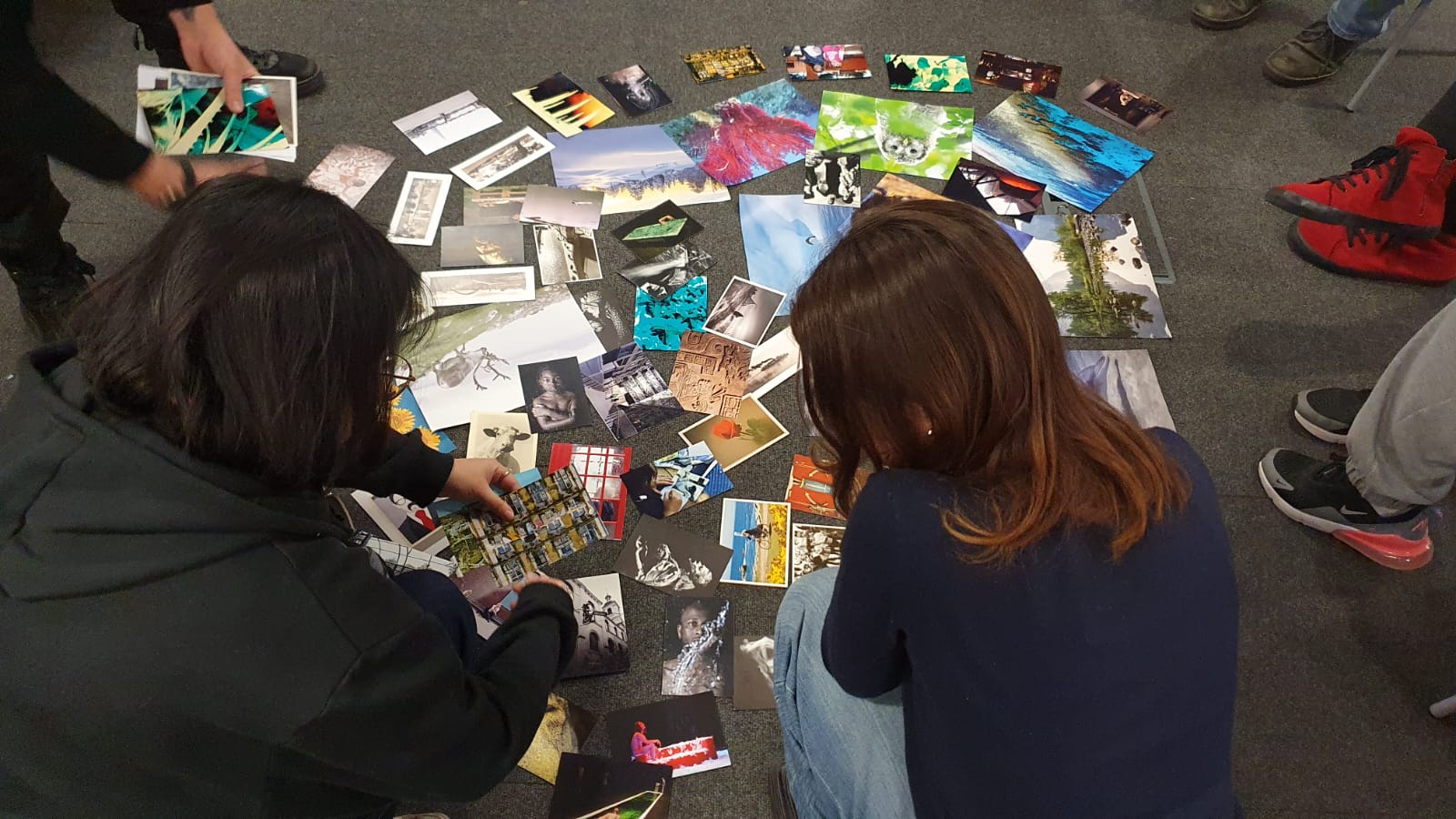Since joining the Cobra Collective in Oct 2020, I have been participating in a number of Cobra Collective projects and developing my own research focus within the Collective by expanding our array of participatory creative methods. Now, I’m very excited to share the outputs from my first independent research project in collaboration with Ocean Networks Canada - the Exquisite Corpse process, a group-based multi-week asynchronous art project.
The idea behind the Exquisite Corpse process is to use art and creative expression as a way of surfacing people’s values and perspectives openly in a fun and emotionally engaging way. As a research method, it is part of the projective techniques, which invite participants to develop their own ideas from an ambiguous stimulus. Developing their own ideas in this way also allows them to surface their underlying values and perspectives (Lindzey, 1959; Rabin & Zlotogorski, 1981).

The approach was developed by Roz Ray in 2010 based on an art exercise invented in 1925 in Paris by the surrealists Yves Tanguy, Jacques Prévert, André Breton and Marcel Duchamp. In their exercise, the surrealists drew or wrote a portion of an image or a poem, then folded back what they had written so the next participant could only see a small hint as inspiration. The name ‘cadavre exquis’ was derived from the first time they did this art exercise, which resulted in the line “le cadavre exquis boira le vin nouveau” (‘the exquisite corpse will drink the new wine’).
Overview of the Process
Starting from a common initial prompt, the ‘seed’, each participant has 2 weeks to create an art project in response to it using whatever medium they want to use. The seed can be anything you choose, but should be vague enough to allow participants to interpret it in their own way while still providing inspiration for a common theme. In our case, the seed was based on data collected about marine hypoxia by Ocean Networks Canada.
After two weeks, they pass their project onto another participant and receive a new project from someone else. The project they receive is their new inspiration to create a project and the cycle repeats. After 6 weeks, everyone has created three different art projects that build on other participants’ creations. At the end of the process, there is a final virtual ‘Corpse Party’, where everyone showcases their art and can see what others have created. During the party, the art projects are shown as ‘threads’ of the consecutive projects building on one another like the ones you can see here in this playlist:
The Exquisite Corpse Research Project
By creating a way to share values and perspectives openly, the Exquisite Corpse process can help to create a space where people can share different worldviews in a non-confrontational way. Sharing in this way can help to mediate conflict between divergent stakeholders and to build a sense of community by creating space for people to open up about more emotional and personal elements. This project is part of an ongoing action research process exploring the roles of such art-based approaches for different applications. In 2021, we started by conducting pilot studies within the Cobra Collective and Marine Social Science network. The ONC Exquisite Corpse project tested the approach in a more formal research framework, and we are currently exploring future applications for this process. Working on this has been a wonderful and very meaningful experience of finding my role to champion ocean issues and art-based approaches within the Cobra Collective.

If you are interested, you can read the full report about the project or check out the poster we presented at the 2021 American Geophysical Union Fall Meeting.
Lindzey, G. (1959). On the classification of projective techniques. Psychological Bulletin,
56 (2), 158–168. https://doi.org/10.1037/h0043871
Rabin, A. I., & Zlotogorski, Z. (1981). Completion methods: Word association, sentence, and
story completion. In A. I. Rabin (Ed.), Assessment with projective techniques (pp.
121–149). Springer.




